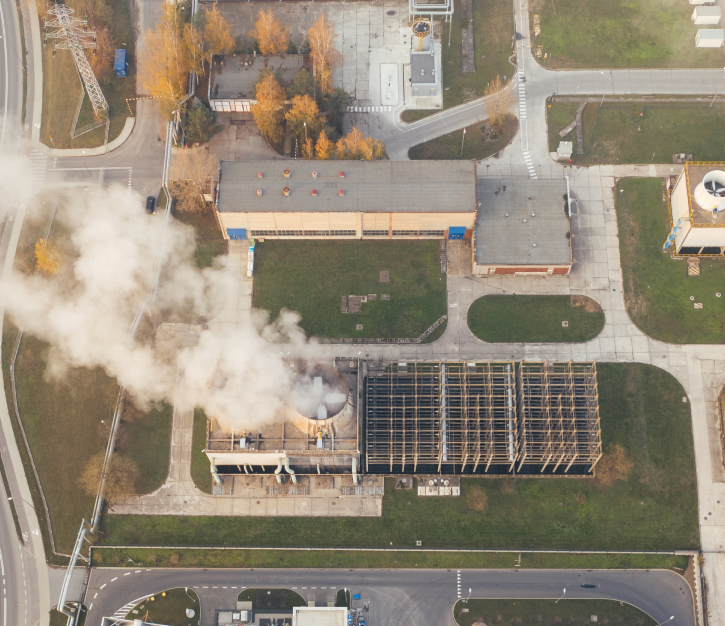What may sound like a simple research task is actually extremely complex and time-consuming. To simplify things, we’ll look at how we calculated the carbon footprint of our glass soap dispensers.

Calculating our CO2 offsets
Our Methodology

The Complications
The calculation challenges arise throughout the cradle-to-cradle process.
Let’s start with the mining of the raw materials. Were trees cut down to make way for the mine? How much fuel was used to extract the minerals?
During manufacturing, is the factory running on coal-fired electricity? Does the factory use efficient machines?
When shipping the bottles to our customers, did the product ship via plane, ship or truck?
How far did the product travel from the distribution centre?
And finally, how many glass bottles will be recycled? How many will be thrown into landfill?
Our Solution

